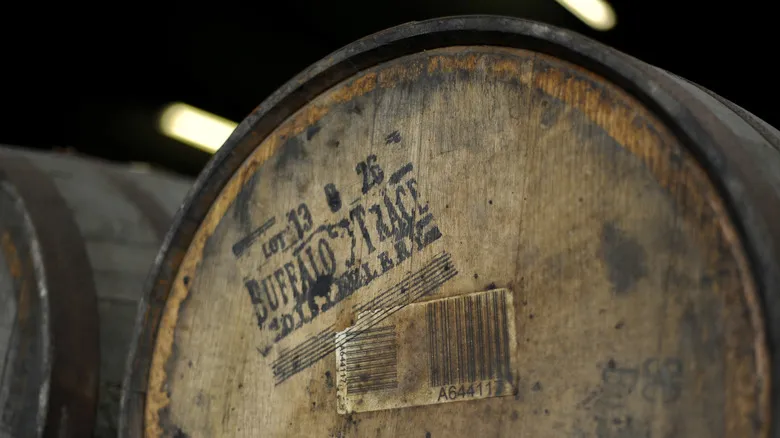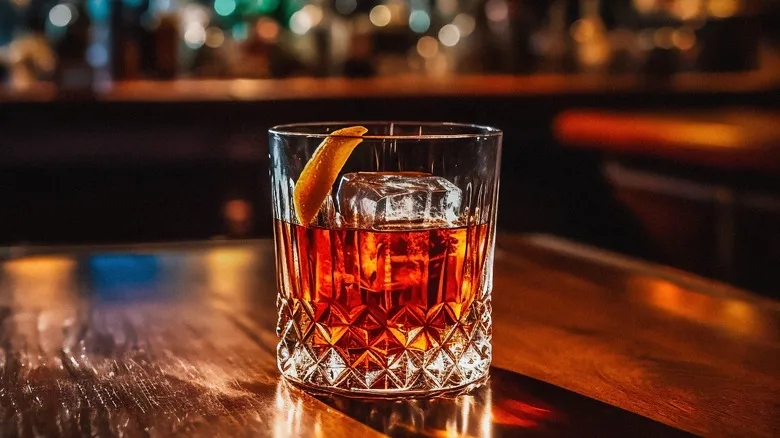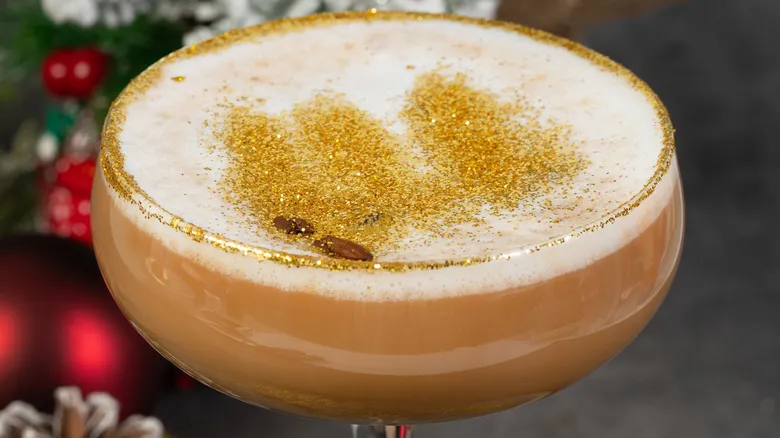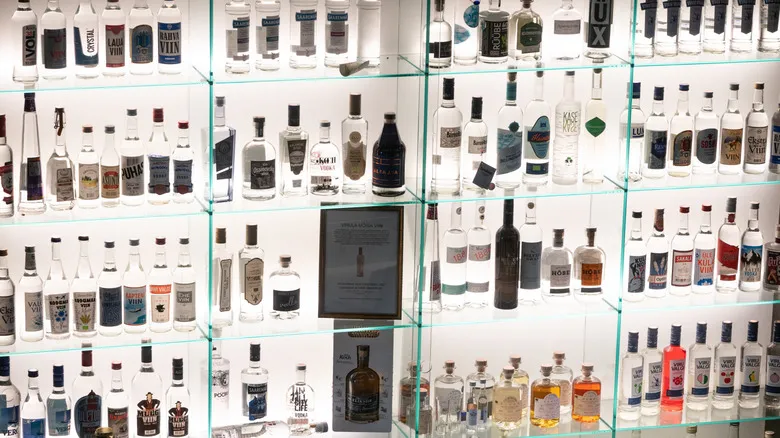How a distiller determines aging times

The aging process of Buffalo Trace bourbon involves more than just its recipe. The bourbon industry is heavily regulated, with certain regulations dictating the specific composition of its mash bill and the aging duration for all U.S. bourbon distilleries. Laws governing bourbon production have existed since at least the 1800s and have evolved over time. For instance, the Pure Food and Drug Act of 1906 established that "straight bourbon" must be aged for a minimum of two years and can be aged for up to four.
However, aging is not solely dictated by legal requirements; taste plays a crucial role as well. For example, a bourbon aged for just two years typically lacks a complex flavor profile, which is why most bourbons are aged for a minimum of four years to allow their flavors to mature. The development of flavor is influenced by various factors, including the distiller's expertise, the conditions within the barrel, its location in the distillery, and the type of oak used for the barrel.
Additionally, the law mandates that bourbon must be aged in new charred oak barrels. The char serves as a partial seal and a filter for the bourbon. As the spirit ages, it absorbs various flavors from the barrel, which can include notes of caramel, vanilla, shortbread, fruit, oak, and more. The longer the bourbon remains in the barrel, the richer its color and flavor become. Due to tradition and legal stipulations, each bourbon barrel can only be used once for bourbon production, although other spirits may be aged in these used barrels.
Other elements Buffalo Trace must consider

The history of Buffalo Trace spans several centuries, but it hasn't always enjoyed the billion-dollar production levels it experiences today. Prior to the mid to late 1990s, the bourbon industry faced significant challenges. At that time, Buffalo Trace's bottling lines operated only about twice a week, and distillation occurred for just a few months each year. Sales were low, but things began to improve after the distillery was acquired by the Sazerac Company in 1992, followed by the addition of the Charter and Weller bourbon brands in the late 1990s. In 1999, Buffalo Trace adopted its current name and launched its flagship brand.
This context is important because producing bourbons aged 10, 15, or 20 years requires starting the production process a decade or more in advance, during a time when the distillery's output capabilities and bourbon demand were not as robust. As Harlen Wheatley notes, "We [Buffalo Trace] plan based on the demand for today." However, an increase in demand does not eliminate the necessity for bourbon to mature in barrels for a significant period. This requirement is mandated by law, defined by their brand recipes, and, most crucially, dictated by the aging process itself. Buffalo Trace bourbons will always undergo years of aging before they are bottled.
Recommended

Alton Brown's Take On The Espresso Martini Features One Unique Liquor

Expert Tips For Crafting A Better Old Fashioned

Is Edible Glitter Really Safe For Your Cocktails?

How One Of The World's Most Expensive Vodka Was Stolen And Later Found
Next up

